1. Big Tube Televisions
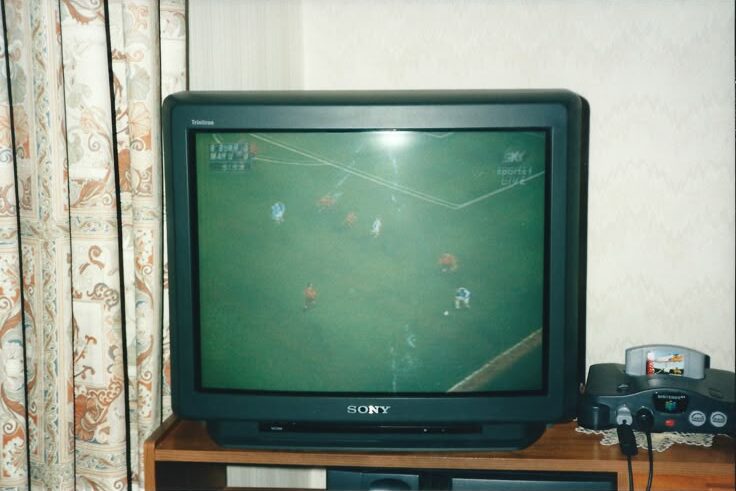
The 1990s were a transitional decade for the living room. Big box TVs got smarter, the internet arrived, and entertainment centers grew to hold everything from VCRs to video game consoles. Décor shifted from the bold patterns of the ’80s to cozier, lived-in comfort. This list captures the everyday details that defined the ’90s living room. At the center stood big tube televisions. Heavy and square, these sets dictated where the sofa faced. Rear projection models promised movie magic but often underwhelmed. Yet no matter the style, the TV was the true hearth, drawing families together every night.
2. VCRs and Stacks of VHS Tapes
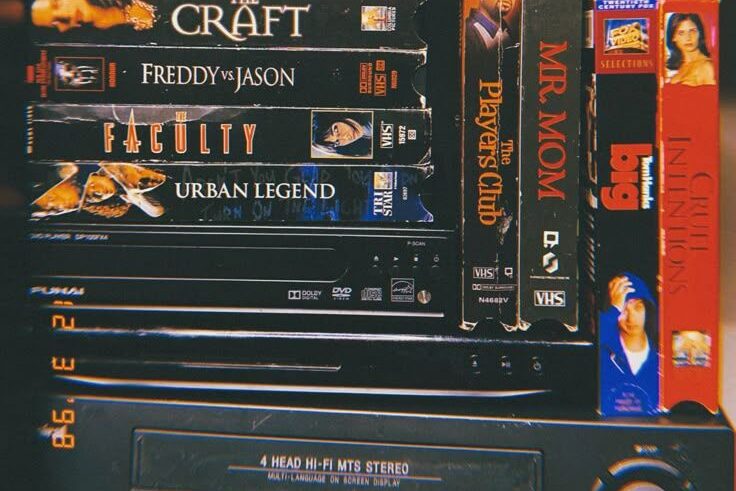
Every ’90s living room had a VCR and shelves groaning under the weight of VHS tapes. Disney clamshells sat next to taped sitcoms and late-night shows recorded straight from broadcast. Blockbuster rentals had their own sacred rule: rewind before returning. Forgetting to rewind sparked sibling arguments, while family movie nights meant browsing rows of black plastic cases. These chunky rectangles felt magical, each one holding hours of entertainment. Saturday mornings often began with picking a tape and hoping it worked without tracking issues. VHS wasn’t just about watching movies, it was a ritual that defined everyday home entertainment.
3. DVD Players (Late 90s Arrival)
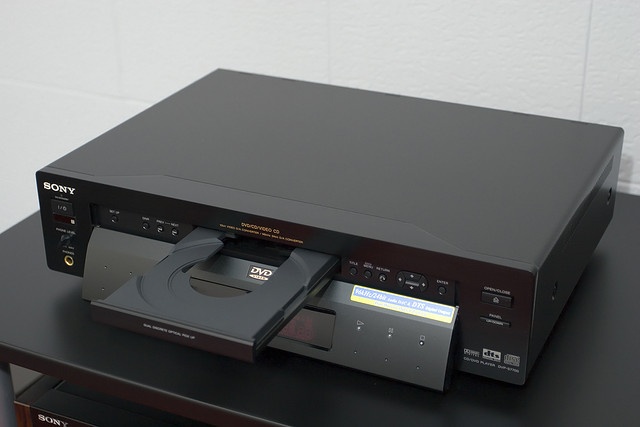
By the late ’90s, DVDs began creeping into homes, promising a sleeker experience than VHS. They brought crisp sound, sharper visuals, and the joy of skipping directly to favorite scenes without rewinding. Early adopters proudly showed off their shiny silver discs, often starting with blockbusters like The Matrix or Jurassic Park. For many families, the VCR stayed connected beside the new DVD player, proof of a household straddling two eras. The novelty of the DVD menu alone made it feel futuristic. This small black box marked the beginning of a digital age that would completely reshape living room entertainment.
4. Cable TV Boxes
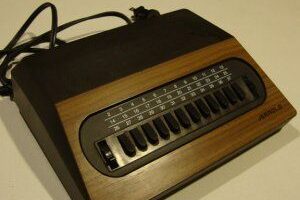
Another fixture of the ’90s living room was the cable TV box, often sitting neatly on top of the television or entertainment center. Its glowing red numbers guided families as they surfed endlessly through channels, landing on Nickelodeon, MTV, or CNN. Pay-per-view nights were a treat, bringing boxing matches, concerts, or movie premieres directly into the home. The clunky remote often dictated arguments about who controlled the channels. Despite their plain look, these boxes symbolized abundance. Suddenly television wasn’t a handful of stations, it was dozens, each waiting to be discovered, transforming family evenings into shared cultural events.
5. Entertainment Centers
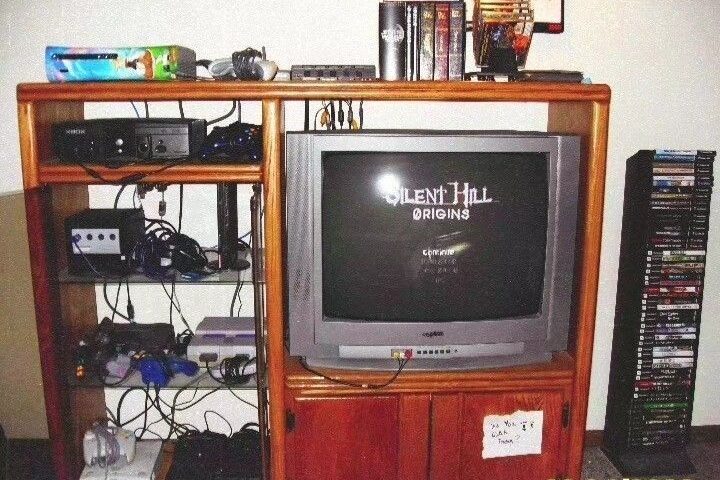
No ’90s living room was complete without a massive entertainment center. Usually made from wood or laminate, these towering pieces of furniture dominated entire walls. They held televisions, VCRs, stereos, framed photographs, and a scattering of family souvenirs. Some had cabinets with glass doors where prized collectibles or DVD players lived. They weren’t just practical, they were monuments of domestic pride. Dusting every shelf was a weekly task, but the result was a space that felt organized and full. Entertainment centers were more than furniture, they were showcases of identity and proof that technology belonged at the heart of home.
6. Recliner Sofas and Chairs
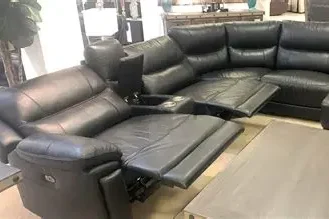
Comfort was everything in the ’90s, and recliners made sure of it. Sectionals with deep cushions stretched across living rooms, often with built-in cup holders and footrests. Leather versions looked polished while fabric ones showed years of use through fading or worn armrests. Every family had a chair that became someone’s personal throne, often claimed permanently by a parent. Recliners symbolized relaxation, offering the perfect place to sprawl for movie marathons, afternoon naps, or sports games. They became more than seating, they were cornerstones of comfort, proof that living rooms were about unwinding as much as entertaining.
7. Coffee Tables with Storage
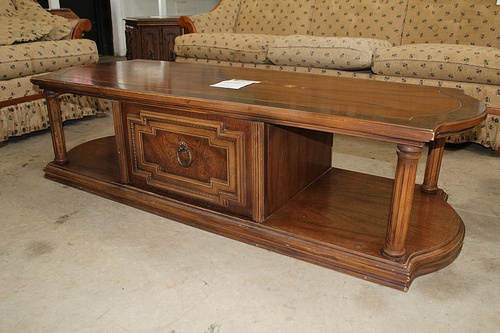
Coffee tables in the ’90s were sturdy, chunky, and endlessly practical. Many had drawers or lift tops hiding magazines, TV remotes, or stacks of board games. Their surfaces carried soda cans, bowls of chips, and the inevitable water rings from forgotten coasters. Scratches and dents told the story of years of family life, from homework projects to late-night snacks. Some doubled as makeshift footrests during weekend movie binges. These tables weren’t just decorative, they were hardworking companions of everyday life. In the end, coffee tables symbolized what the ’90s living room was all about, blending utility with simple comfort.
8. Cordless Phones with Caller ID
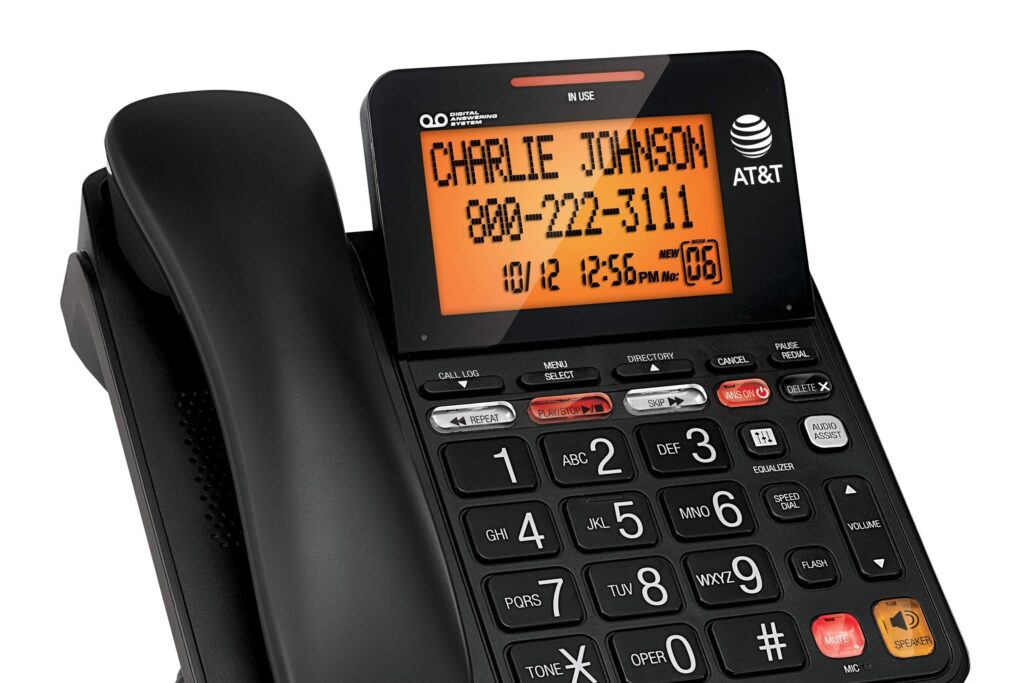
Cordless phones were revolutionary in the ’90s, freeing families from the tangle of cords that once anchored conversations. Suddenly, you could walk across the room, raid the fridge, or sink into the couch while chatting. Caller ID added even more excitement, letting you screen calls before answering. Fights still erupted over who monopolized the line, especially when teenagers spent hours talking to friends. These slim handsets with flashing antennas became household essentials, sitting proudly on coffee tables or tucked into entertainment centers. They were small glimpses of the freedom that mobile phones would soon bring into everyday living.
9. Answering Machines
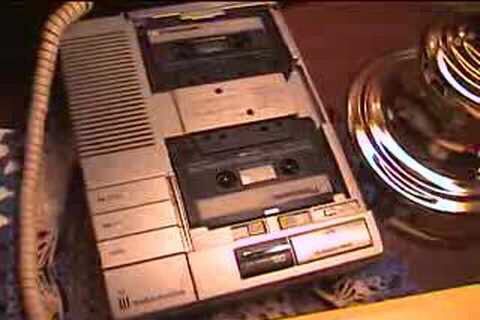
Every ’90s living room had an answering machine, often flashing a red light that instantly drew attention when the family walked in. It stored voices of friends, relatives, and sometimes prank calls that were replayed endlessly. Families debated who had the best outgoing greeting, with some recordings sounding playful and others carefully serious. Kids loved sneaking in funny messages, much to their parents’ dismay. Hearing someone’s voice saved on a tiny cassette made calls feel personal in a way voicemail never quite replicated. These machines were more than gadgets, they were memory keepers of everyday family life.
10. Beepers and Pagers
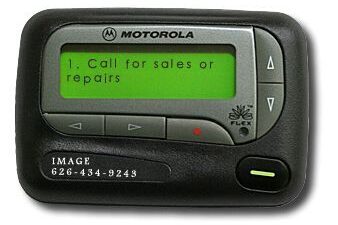
Though not furniture, beepers often lived in the ’90s living room, buzzing from coffee tables or countertops. Doctors, business people, and even teens saw them as vital lifelines. When they beeped, the hunt for a nearby phone began. They symbolized responsibility and modernity, though for kids they were simply cool accessories. Some families teased each other when a pager went off, while others treated it like serious business. For many households, beepers were among the first signs that the outside world was always just a buzz away, creeping into family spaces that once felt private and uninterrupted.
11. Video Game Consoles
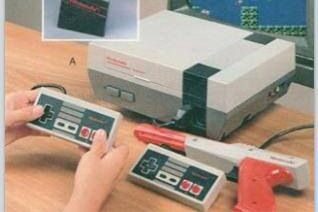
The ’90s living room was also the battleground of console wars. Nintendo fans raced through Mario Kart, Sega kids showed off Sonic, and PlayStation brought cinematic adventures like Crash Bandicoot and Final Fantasy VII. Controllers sprawled across carpets, tangled cords tripped unsuspecting parents, and cries of victory or defeat filled the air. Console placement under the TV was sacred, and arguments over turns were a constant. Video games weren’t just entertainment, they became family bonding, sibling rivalry, and late-night joy. These consoles transformed the living room into both playground and arena, shaping memories that stuck long past the decade.
12. Stacks of Board Games
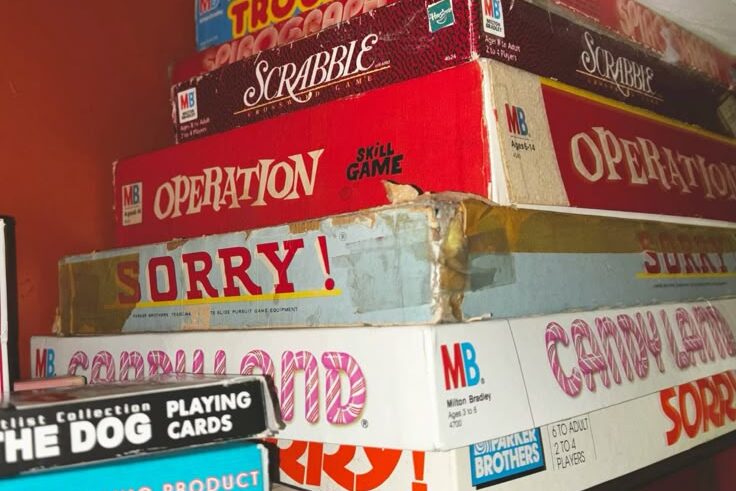
Even with video games rising, board games never lost their spot in the ’90s living room. Stacks of Monopoly, The Game of Life, Clue, and Scrabble sat tucked into closets or entertainment centers. Family game nights meant spreading across the carpet, with dice clattering and rules sparking endless debates. Laughter and frustration blended as someone inevitably flipped the board in defeat. These games offered something screens could not: face-to-face fun. They remained family staples, proving that no matter how technology advanced, the magic of gathering for simple play still anchored many evenings in living rooms everywhere.
13. Stacks of CDs and CD Towers
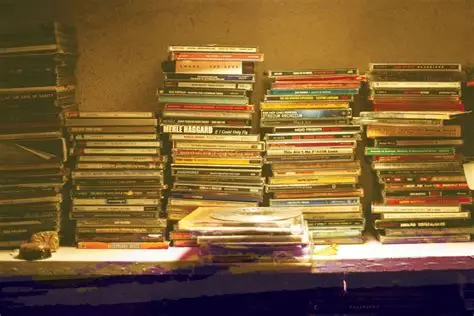
Music in the ’90s meant shelves and towers crammed with CDs. Jewel cases cracked easily but were displayed proudly, each one a window into personal taste. Pop, grunge, hip hop, and country all lined up in tall, rotating racks or sprawling shelves. Choosing what to play became a ritual, flipping through dozens of cases before settling on the soundtrack of the day. These stacks symbolized freedom of choice, where skipping tracks was as easy as pressing a button. CD collections turned living rooms into mini record stores, proudly reflecting the soundscape of the decade with personality and pride.
14. Boomboxes and Shelf Stereos
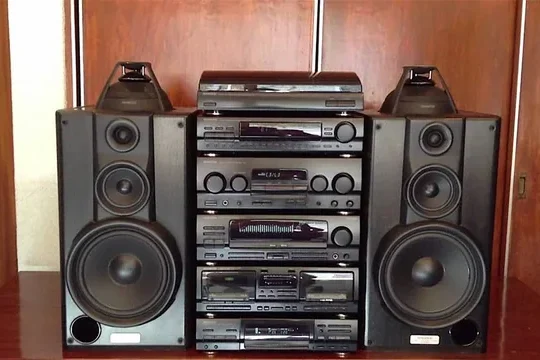
Boomboxes and stereos were living room must-haves, filling homes with the sound of radio countdowns, mixtapes, and chart-topping CDs. Dual tape decks allowed kids to make their own mixes while stereos with multi-disc changers promised uninterrupted hours of music. Some were simple, others stood tall with flashing lights and oversized speakers. Teenagers begged for their own, but in many families, the living room setup ruled supreme. Whether blasting Mariah Carey or Nirvana, these machines gave sound to daily life. They didn’t just play music, they created the backdrop of the ’90s household, both lively and unforgettable.
15. Lava Lamps and Novelty Lighting
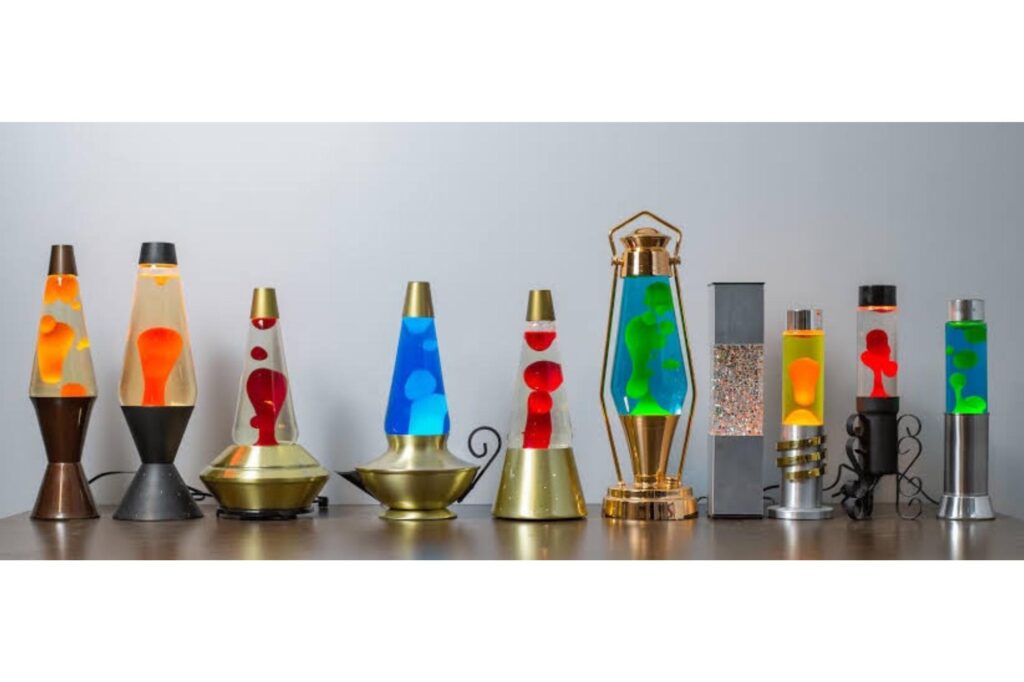
Lava lamps were hypnotic features of the ’90s living room. Sitting quietly in corners, their slow-moving blobs mesmerized anyone nearby. Fiber optic lamps shimmered in the dark, and glow-in-the-dark stars or black lights added a playful edge. These little touches turned rooms into cozy hangouts, especially for teens who wanted their spaces to feel cooler than the family couch suggested. While not essential, they gave personality and atmosphere. Novelty lighting symbolized a shift away from formality, showing that living rooms could also be fun, inviting, and a little quirky in the most charming way possible.
16. Wall to Wall Carpeting or Area Rugs
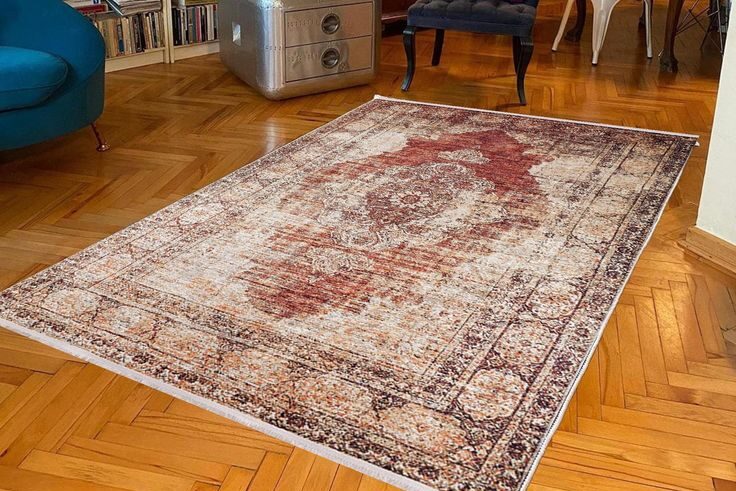
Carpeting still reigned in ’90s homes, stretching wall to wall in shades of beige, gray, or muted pastels. Stains and wear became part of the family story, often impossible to remove. Area rugs layered on top brought extra warmth or bold design, sometimes clashing wonderfully with throw pillows or curtains. Vacuuming was a regular chore, though never fully banishing the evidence of popcorn spills or pet mishaps. Carpeting represented comfort, creating a soft surface for board games, movie marathons, or lazy afternoons. In the end, it anchored the living room in a warm, lived-in embrace of familiarity.
17. Throw Pillows and Blankets Everywhere
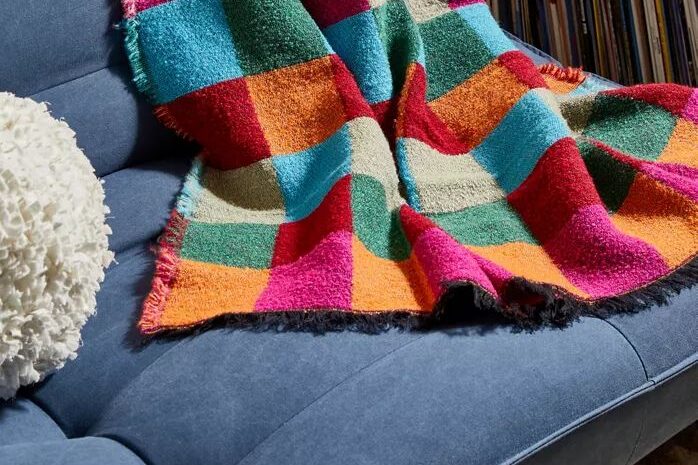
The ’90s leaned away from flashiness and into comfort, and throw pillows proved it. Sofas were often piled high with patterned pillows, while fleece or knitted blankets stayed draped over arms and backs. Movie nights meant everyone grabbing a blanket, curling up, and settling in for hours. The mix of prints and colors often clashed, yet it added to the charm. These cozy touches reminded families that living rooms weren’t just for show, they were for living in. They transformed the space into a warm hub of togetherness, perfectly suited for the decade’s home-centered lifestyle.
18. Family Portraits and School Photos
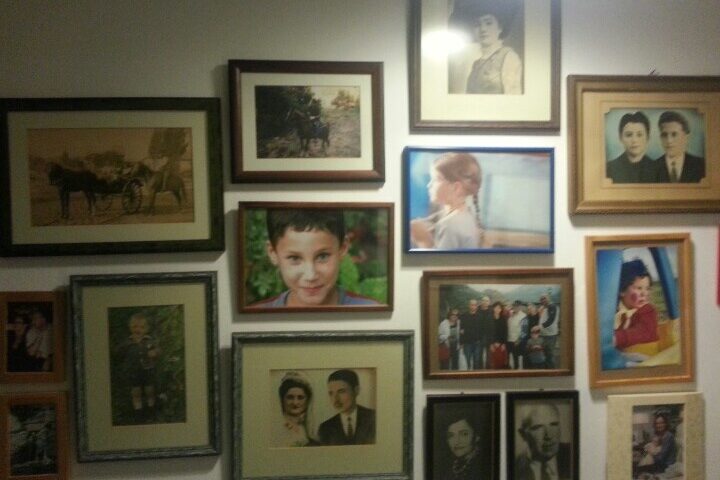
No ’90s living room was complete without framed family portraits on walls or mantels. Many families posed at Sears or Olan Mills, often in matching denim or coordinated outfits. School photos joined the collection year after year, proudly displayed even when hairstyles or smiles were less than flattering. These portraits weren’t about design, they were about pride and proof of belonging. They created a sense of continuity, marking growth while preserving memories. Living rooms often doubled as galleries, filled with the faces of those who lived there, making the space deeply personal and uniquely theirs.
19. Curio Cabinets with Keepsakes
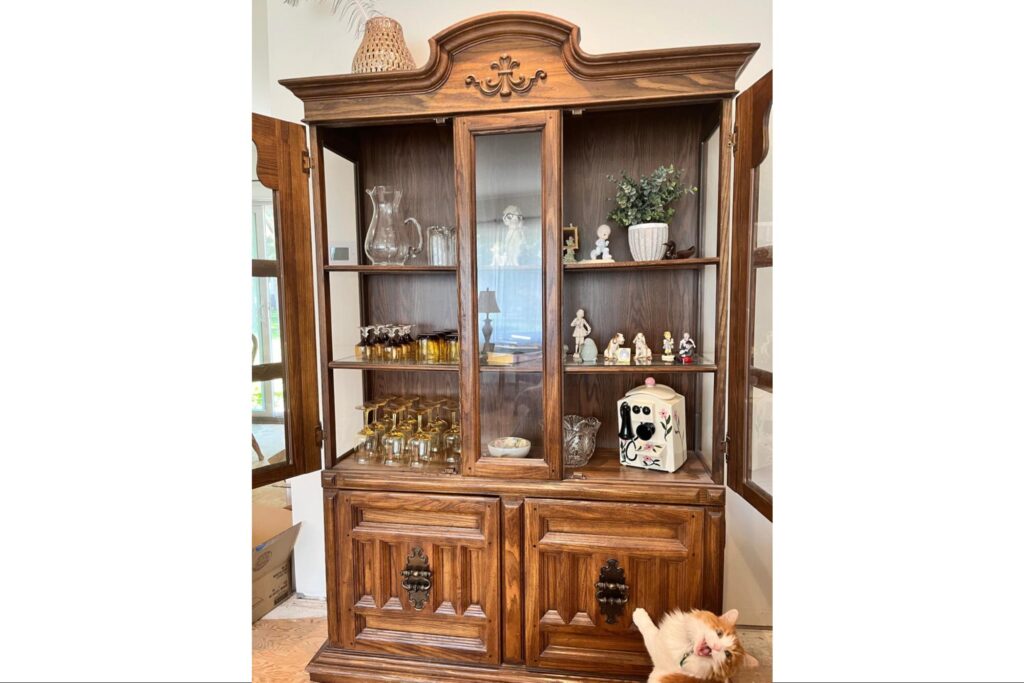
Curio cabinets sat proudly in many living rooms, their glass doors protecting treasures both sentimental and decorative. Inside might be collectible plates, family trophies, porcelain figurines, or souvenirs from vacations. Kids were often warned to look but never touch, while parents and grandparents carefully dusted and rearranged. These cabinets symbolized tradition, passing through decades as quiet showcases of family history. They weren’t trendy, but they were steady, reflecting what mattered to those who filled them. In many homes, the curio cabinet was less about fashion and more about memory, standing as a testament to everyday treasures.
20. Computer Desks Creep In
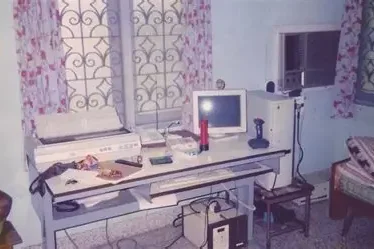
By the end of the ’90s, computer desks began slipping into living rooms or nearby corners. Bulky monitors, beige towers, and the unmistakable whine of dial-up modems marked the start of a digital shift. AOL chat rooms, Encarta encyclopedias, and endless Minesweeper games turned family spaces into gateways to a new world. Floppy disks and printers cluttered desktops, while the hum of the machine became familiar background noise. This was the internet arriving at home, changing how families used their living rooms. Computers signaled a new era, quietly reshaping the heart of daily life before anyone realized how permanent it was.
21. Stack of TV Guides or Magazines

Coffee tables in the ’90s always seemed to carry a small stack of TV Guides, People, or Entertainment Weekly. TV Guides were especially important, with families circling shows or underlining movies for the week ahead. Before streaming or recording options, this little booklet dictated viewing schedules. Flipping through magazines also sparked conversations about celebrities, trends, and the latest news. They were part entertainment, part planning tool, part décor. These stacks symbolized a slower rhythm of living, when planning your week around television was a shared family ritual, both practical and surprisingly comforting.
22. Candle Holders and Scented Candles
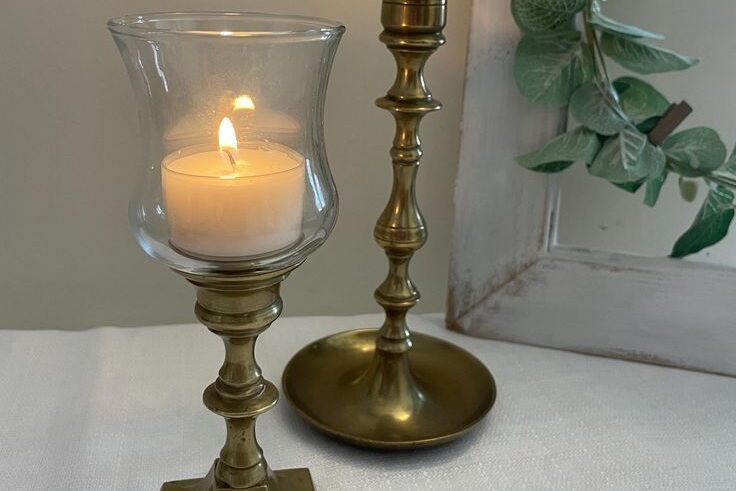
Living rooms of the ’90s often smelled like vanilla, cinnamon, or apple spice, thanks to scented candles. They sat in decorative holders on coffee tables, mantels, or shelves, flickering softly while filling the air. They weren’t just for holidays; they masked the scent of popcorn, pets, or last night’s dinner. Families used them to create cozy atmosphere, making living rooms feel more welcoming. Yankee Candle and other brands grew popular during this time, turning candles into everyday essentials. These small flames offered both decoration and warmth, proof that even simple touches could transform the space.
23. Wall Posters and Prints
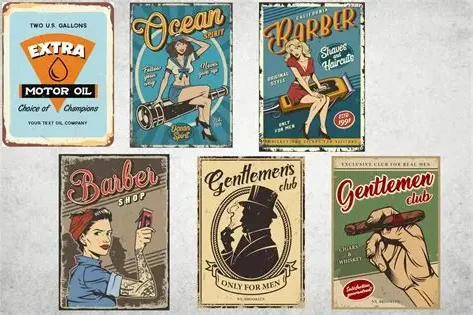
Walls in the ’90s reflected personal taste through posters and prints. Some families framed abstract art or calming landscapes, while kids begged for posters of Space Jam, Titanic, or boy bands like Backstreet Boys. Movie posters and motivational slogans were common, often clashing but giving rooms a unique personality. These displays weren’t just décor, they were conversation pieces and reflections of identity. Every poster said something about the people who lived there. They gave living rooms color, vibrancy, and a casualness that made them feel lived-in rather than stiff or formal.
24. Remote Control Chaos
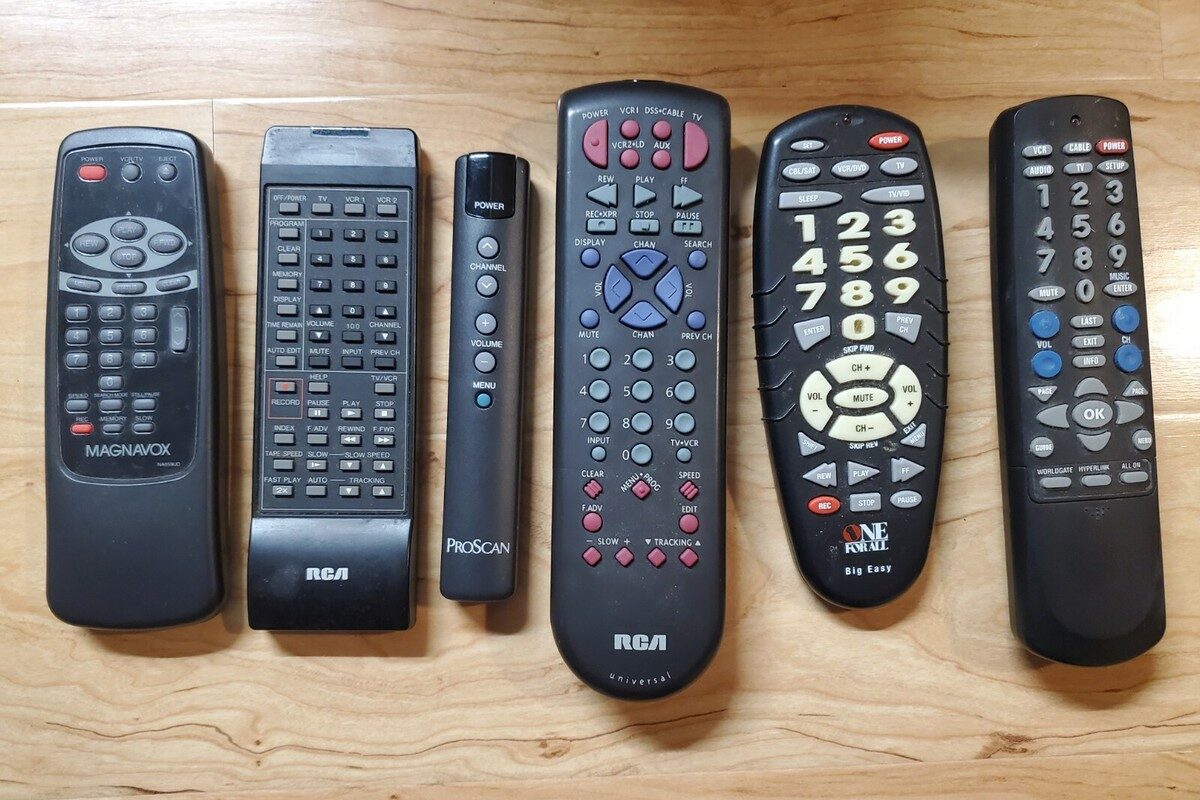
By the ’90s, remote controls had completely taken over. The TV had one, the VCR another, then came DVD players, stereos, and cable boxes, each with its own. Coffee tables overflowed with them, leading to scavenger hunts under cushions whenever one went missing. Universal remotes promised simplicity but often failed to deliver. This clutter captured the spirit of the decade perfectly, balancing innovation with complication. The ’90s living room was cozy, cluttered, and caught between analog and digital. Families argued, laughed, and relaxed there, leaving behind a space that still feels familiar in memory.
The 1990s living room was cozy, cluttered, and caught between analog and digital life. VHS tapes, CD towers, and answering machines lived alongside DVDs, video games, and dial-up computers. It was a space where families gathered, argued, and relaxed and where the modern entertainment culture we know today truly began.
This story 24 Things You’d Almost Always Find in a 1990s Living Room was first published on Daily FETCH


